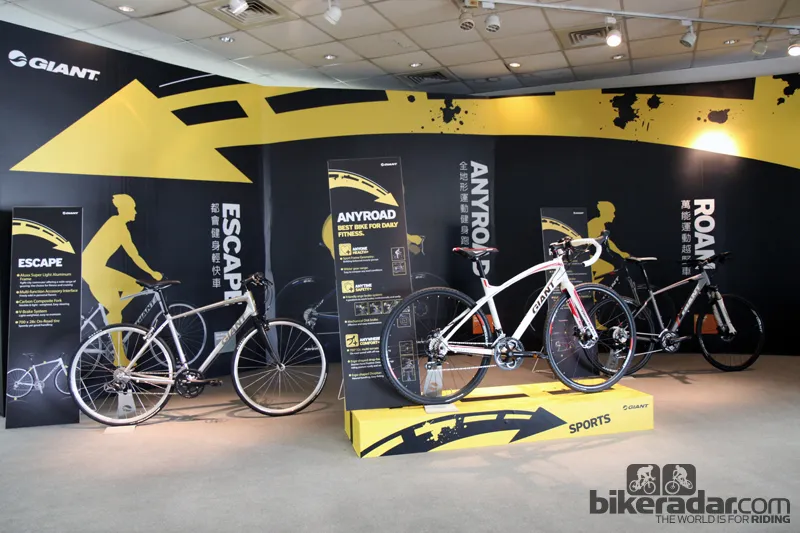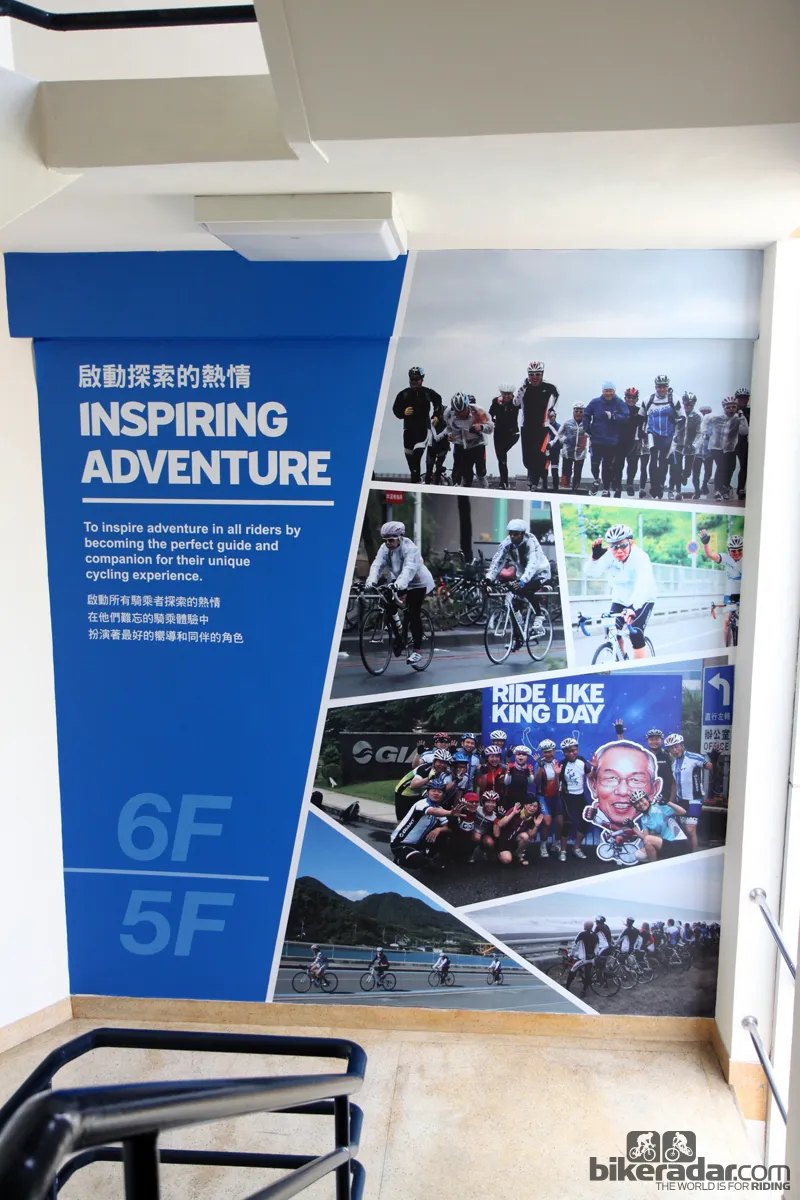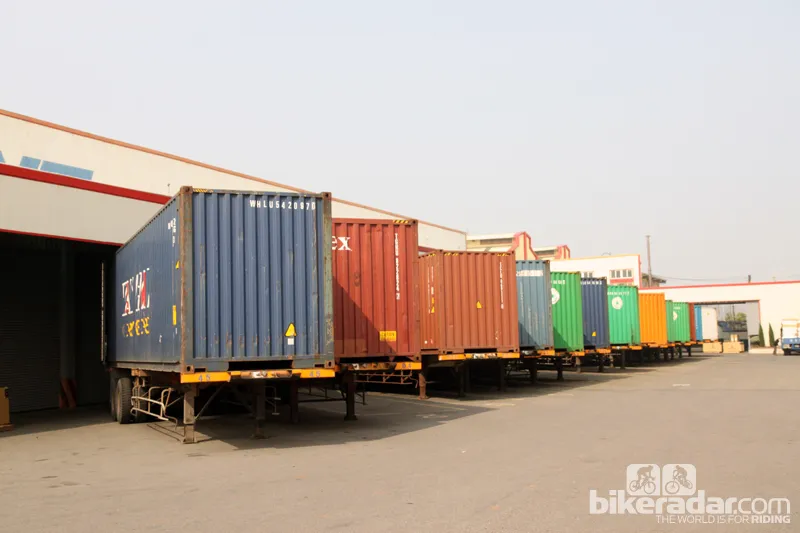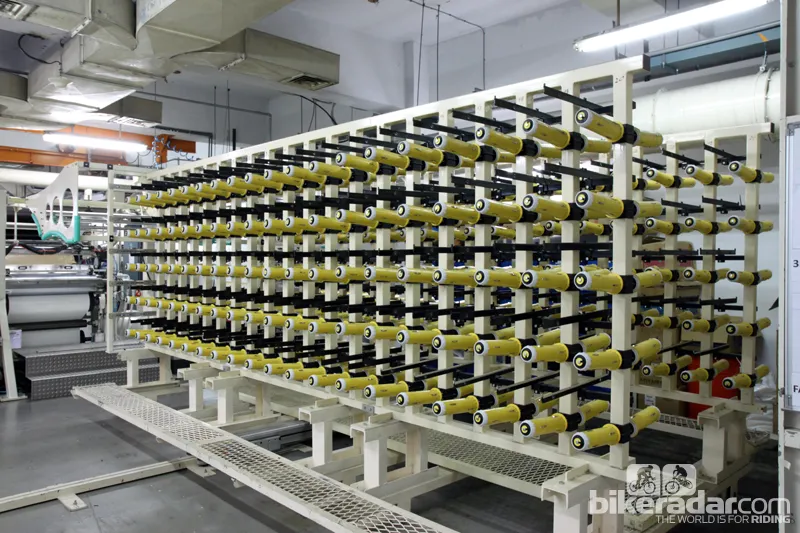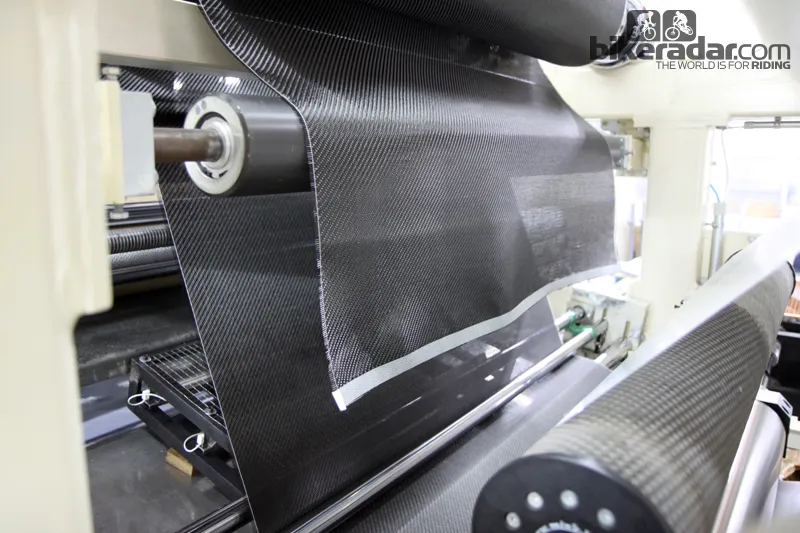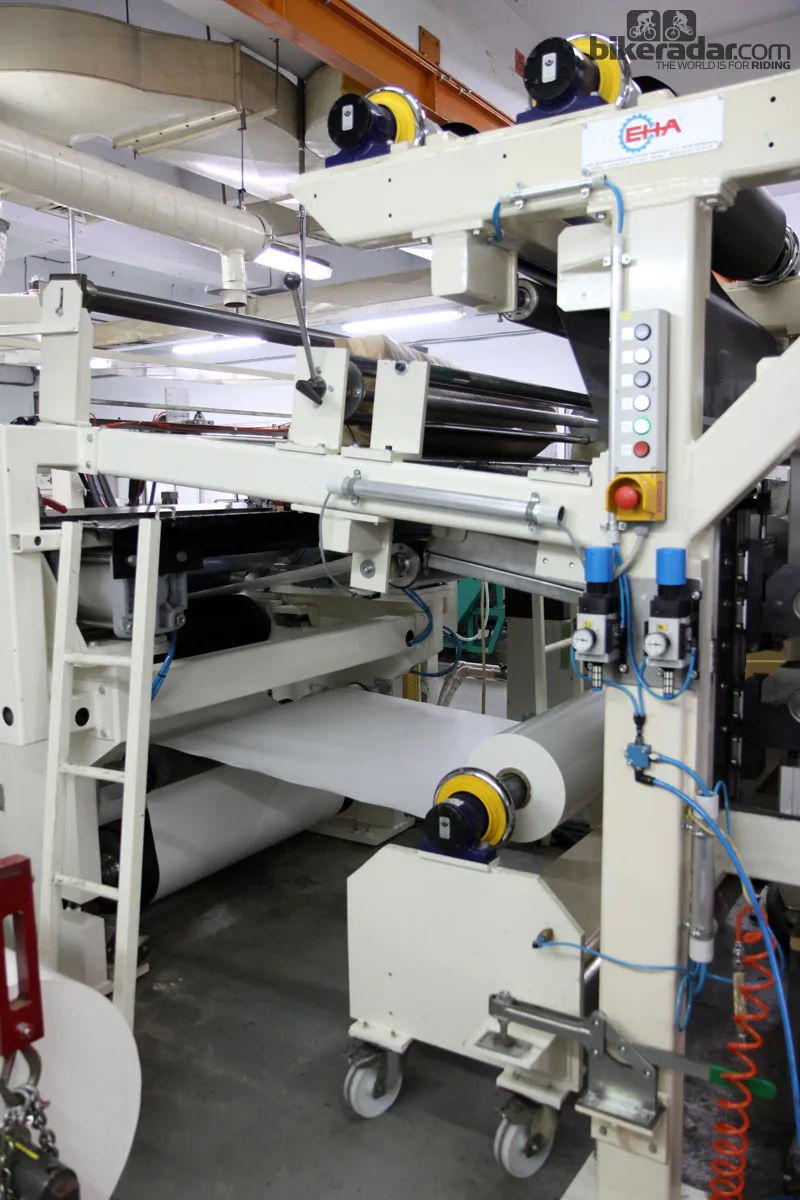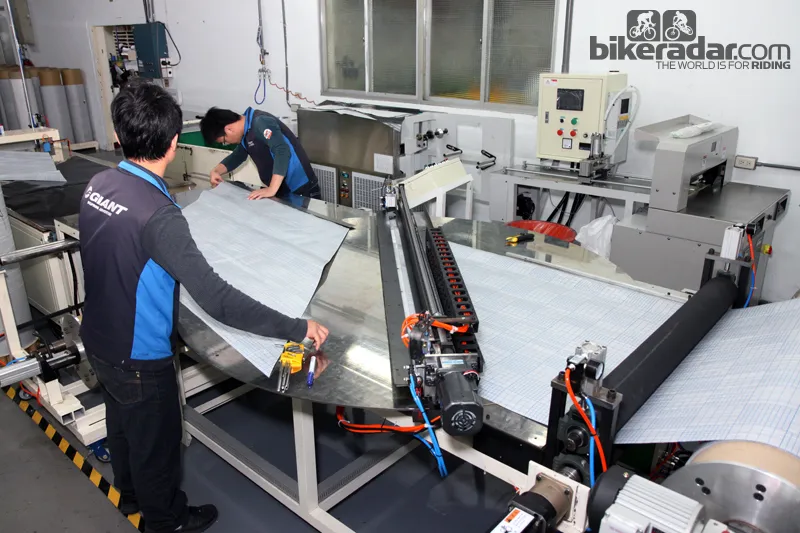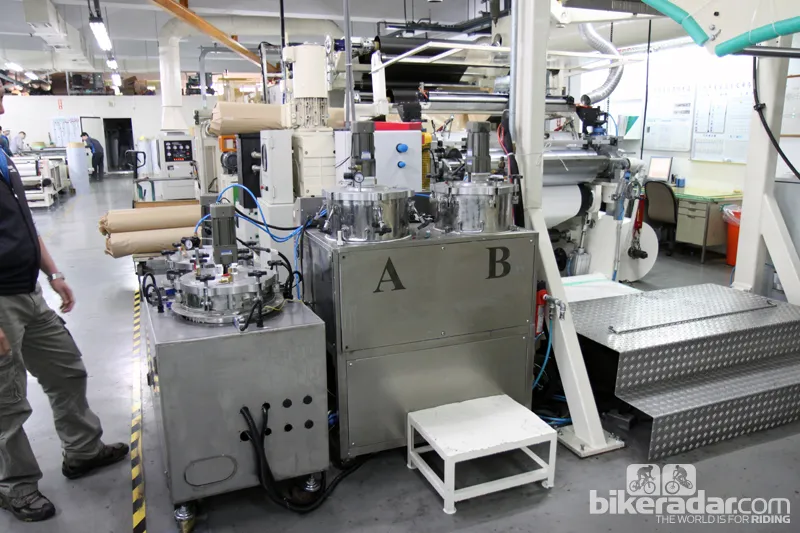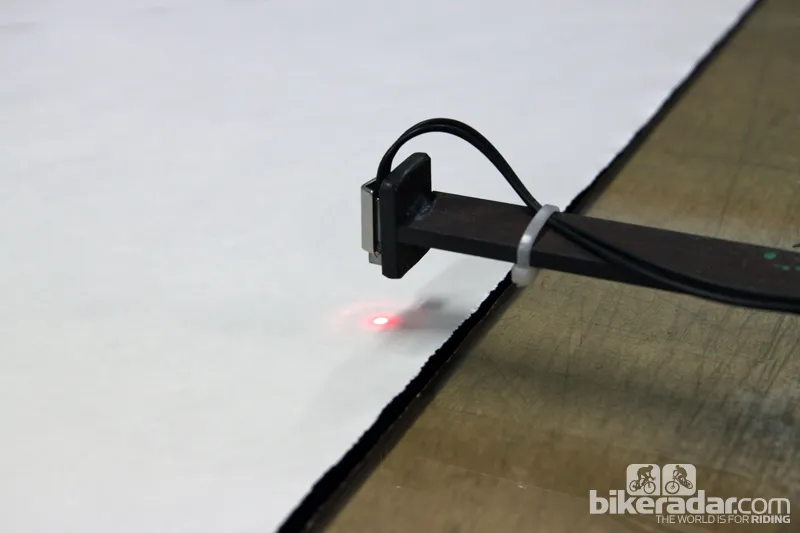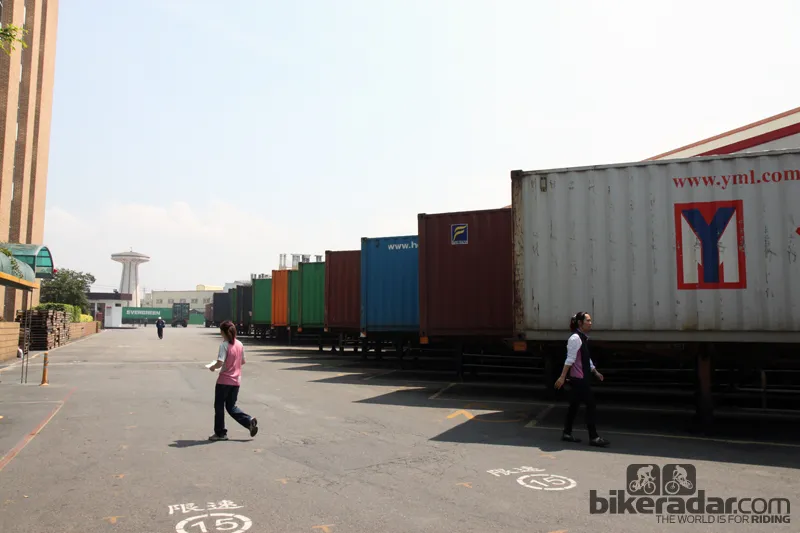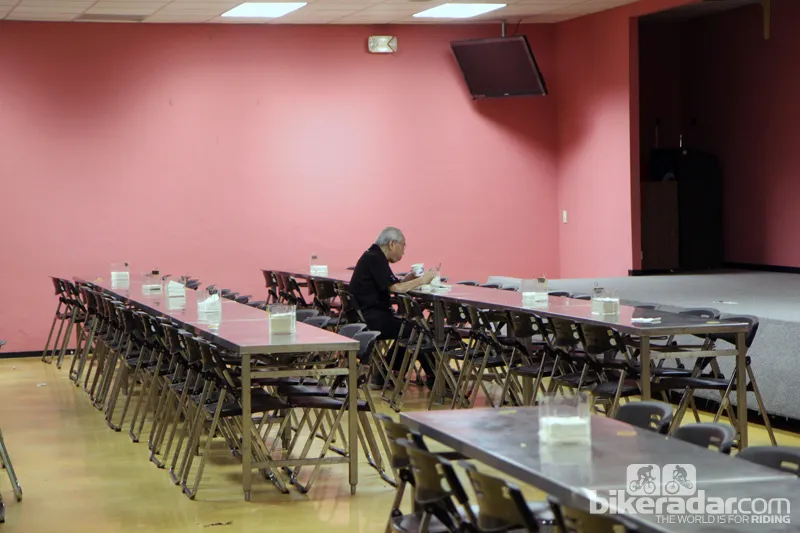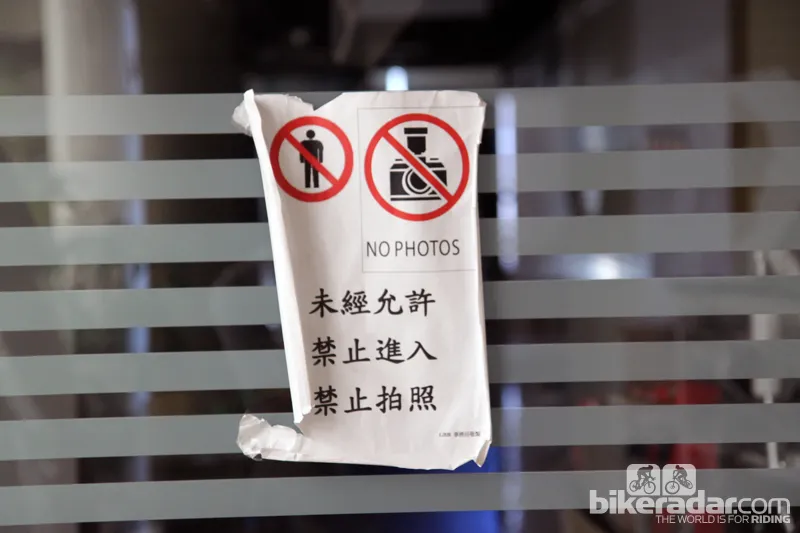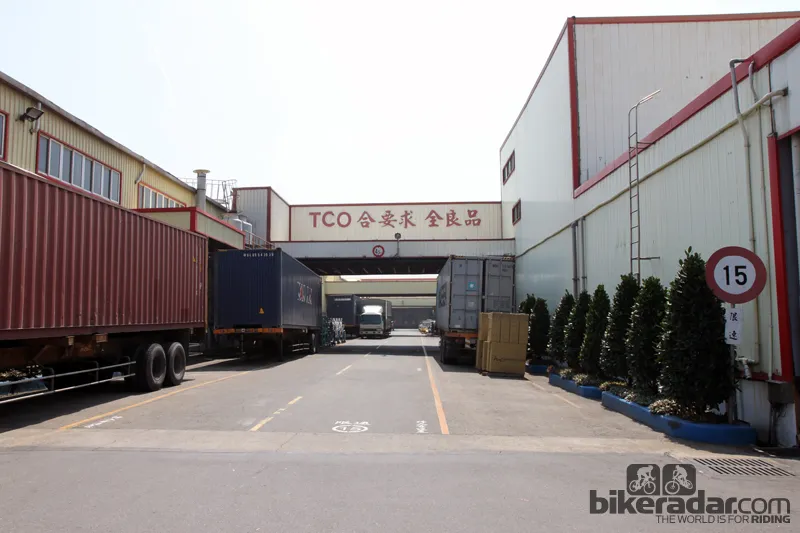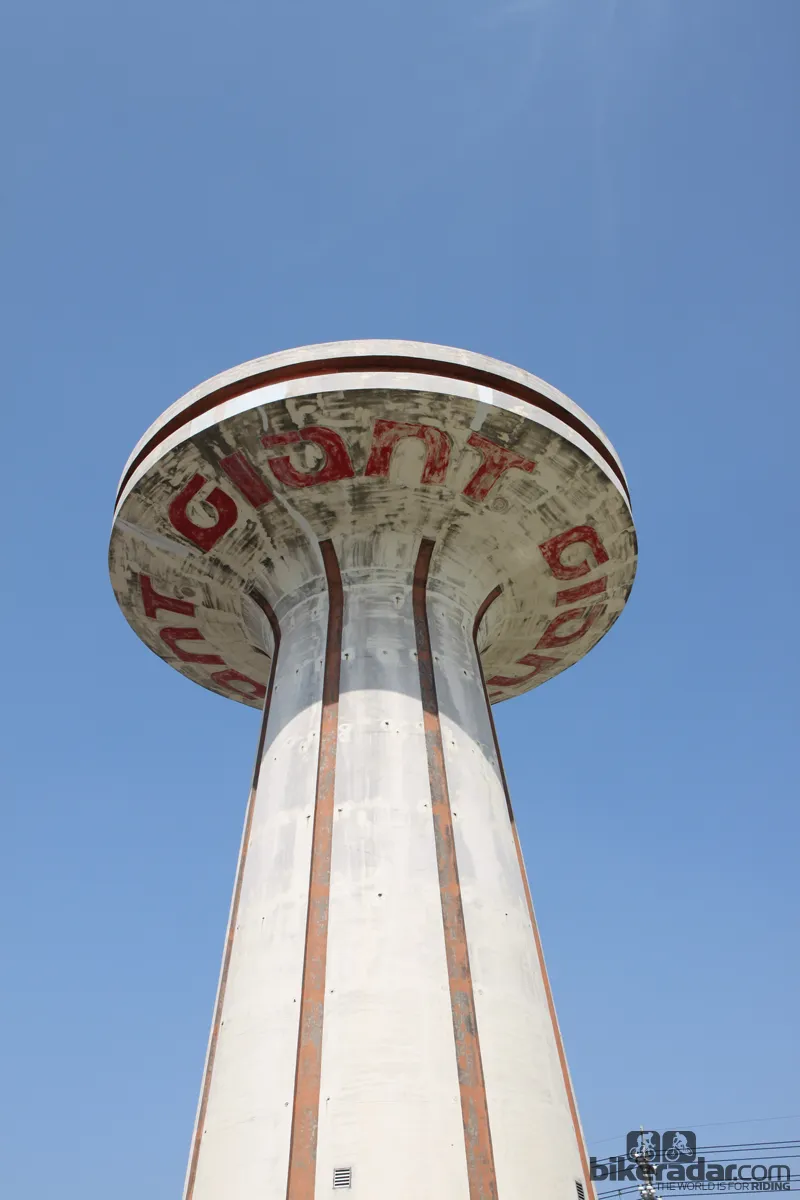Giant Bicycles truly lives up to its name – it's the undeniable 800lb gorilla of the bicycle industry. In 2012, the company generated US$1.8 billion in annual revenue globally, both under its own label and as a builder for other brands.
All of its carbon fibre and premium aluminium frames are manufactured in a sprawling facility in Taichung, Taiwan, and BikeRadar brings you an in-depth, all-access look inside.
See also
- Inside Giant's Taiwan frame factory - part two
- Inside Giant's Taiwan frame factory - part three
- Inside Giant's Taiwan frame factory - part four
Inside giant bicyles' taiwan factory
Video: Inside Giant Bicyles' Taiwan factory
Founded in 1972 by current company chairman King Liu, Giant started as a contract manufacturer. Things weren't looking rosy from the outset. That year, Giant produced just 3,800 bicycles. That's all changed now, however, thanks to a hard-earned reputation for consistently delivering high build quality at reasonable prices – first in steel for Schwinn back in its heyday, then aluminium and now carbon fibre.
Today, Giant builds more than 6.3 millionbikes worldwide annually – a number equivalent to roughly half of all adult bikes sold in the United States each year. Of that, about 70 percent bear the Giant brand name while the remaining 30 percent is contract work for others.
One of the biggest keys to Giant's financial success has been its long-standing decision to integrate as many parts of the manufacturing process under its own roof. According to Giant CEO Tony Lo, this not only helps to ensure quality but it also decreases long-term costs – after all, fewer outside steps means fewer markups along the way, and fewer questions about whether something was done correctly.

Giant's Taiwan factory
For example, Giant doesn't just weld its own aluminium frames; it also smelts its own alloys and forms its own aluminium tubing. And for carbon frames, Giant isn't merely content to take delivery of pre-preg carbon fibre sheets that were manufactured by a third party. Save for creating the fibres themselves, Giant is unique among large manufacturers in that it controls the entire process every step of the way afterward.
For part one of this four-part series, we'll take a look at how the manufacturing juggernaut turns that raw fibre into usable materials.
From fibre to fabric
Carbon fibre arrives at the Giant factory in surprisingly small spools. Multiple types of fibres are used, too, varying in characteristics such as modulus (or stiffness) and tow (how many fibres are bundled together per strip).

Raw carbon fibre is fed off of the spool through a variety of guides and rollers - sort of like a huge sewing machine
From here, the fibres are fed into what's best described as a huge, industrial loom that lays them out in even layers. Giant makes all of its unidirectional fabrics in-house but woven cloth – the mostly cosmetic layer that many people imagine when they think of carbon fibre – is purchased pre-made.
Either way, all of that carbon fibre starts out dry and has to be impregnated with resin. Exactly how that happens has up until now been an extremely closely guarded secret but we were given exclusive access to view the process ourselves – and more importantly, document it.
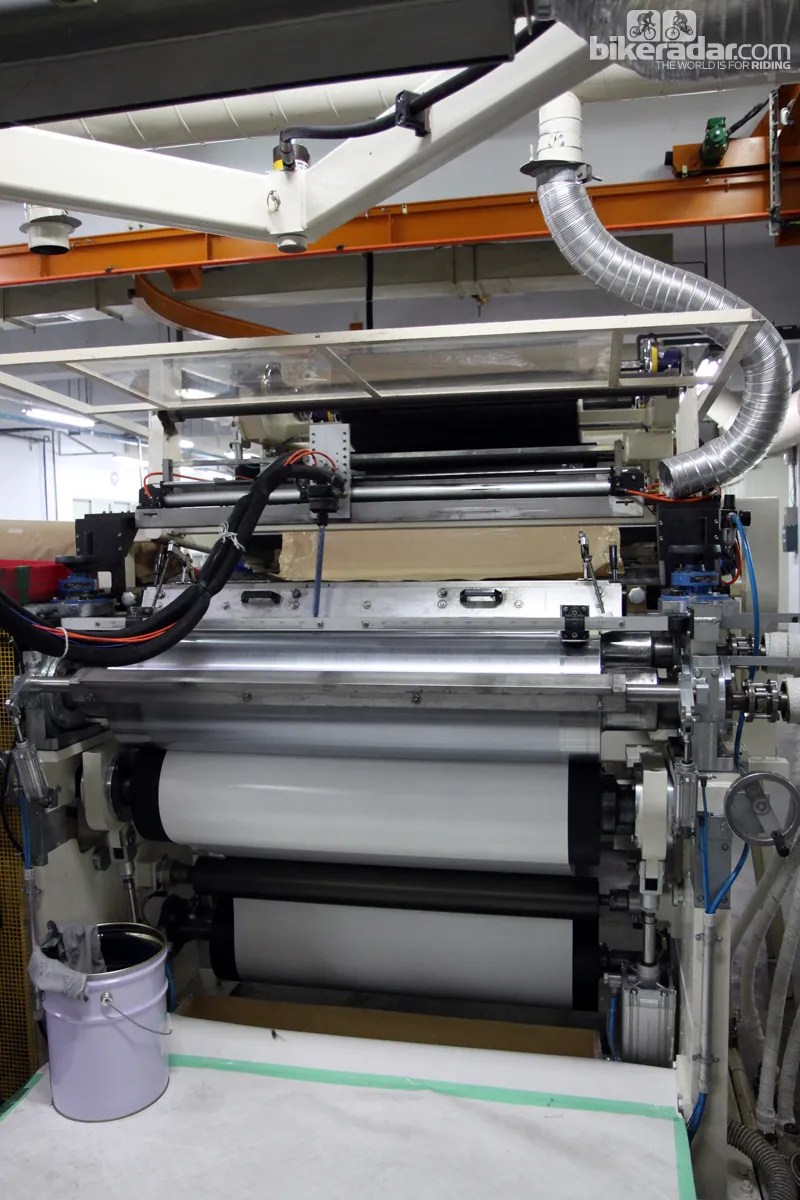
Where the magic happens: this is where custom resins - produced in-house - are carefully applied to sheets of raw carbon fibre
Giant stores its custom two-part epoxy resins in separate containers that are combined only when needed in a special mixing applicator. The carbon fibre sheets are sandwiched in between enormous stainless steel rollers (picture a newspaper printing press) and that mixing applicator then applies the blended resins to one side of the sheet in a back-and-forth pattern.
As the sheet is squeezed through, the rollers not only force the resin in between the fibres but they also guarantee a uniform distribution throughout the sheet.
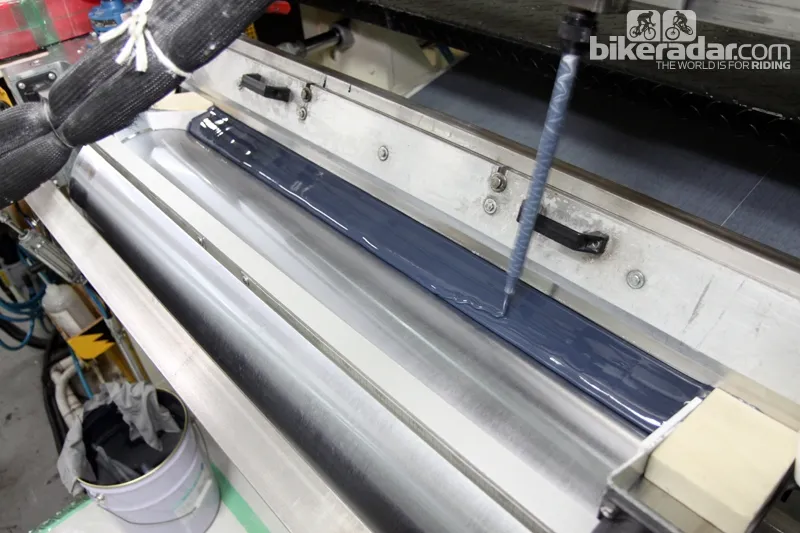
The two-part epoxy resin is thoroughly blended as it passes through the mixer tube, which is then rasters back and forth to provide the steel roller with an even amount of material to apply to the carbon fibre sheet on the other side
Just after the sheet passes through the rollers, backing paper is applied to both sides to keep the sheet from sticking to anything and then it's all rolled up on giant tubes.

Mind those fingers!
This process only works for woven and unidirectional sheets, however. Bicycle frames require layered orientations too, and these have to be made in an additional step.
Those unidirectional sheets are fed on to a computer-controlled cutting table that lops off sections at predetermined angles depending on what's needed.
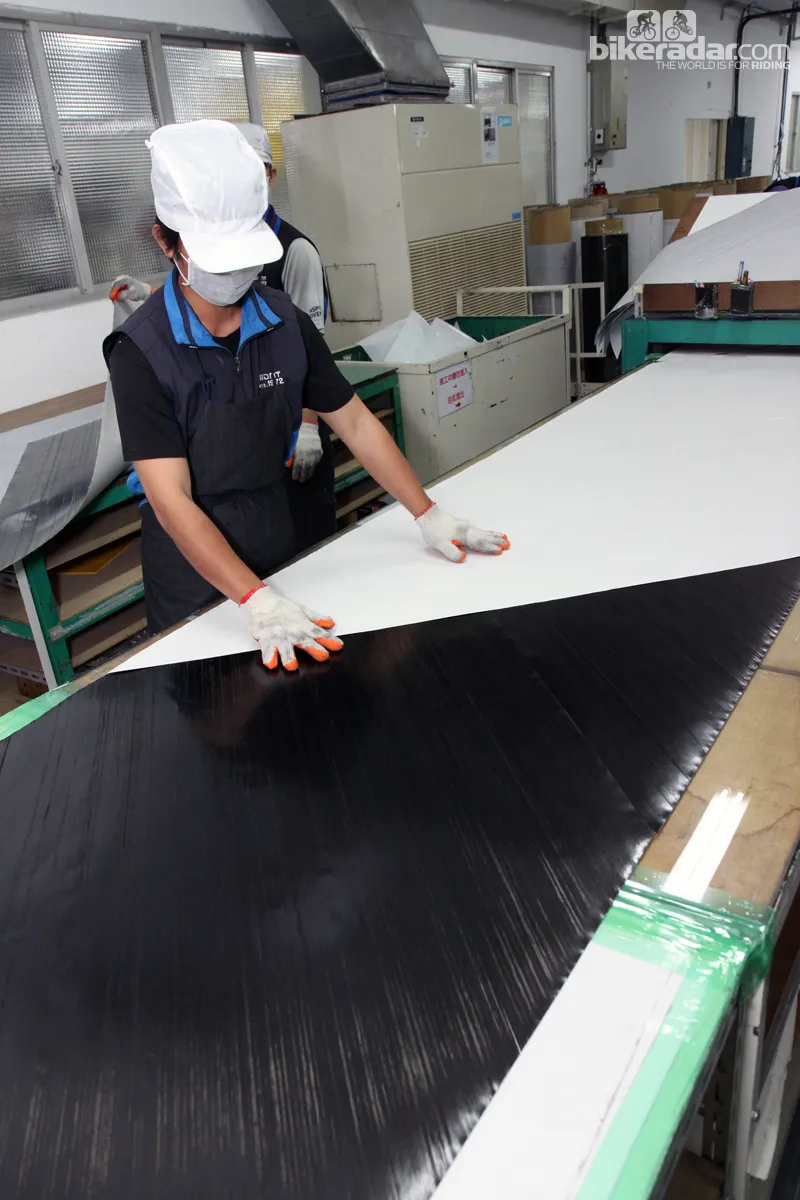
Sections of 45-degree bias ply unidirectional carbon fibre are butted together before new backing paper is applied
Workers then remove the backing paper from one side of the sheet and overlap the layers by hand. When all is said and done, what's left is a two-layered pre-preg sheet with fibres that are now angled relative to each other – and it all still fits on the same roll as before to facilitate storage.

The finished pre-preg sheets are rolled on to huge cardboard tubes for storage
From there, it's off to the freezer where the pre-preg materials are stored until they're needed.
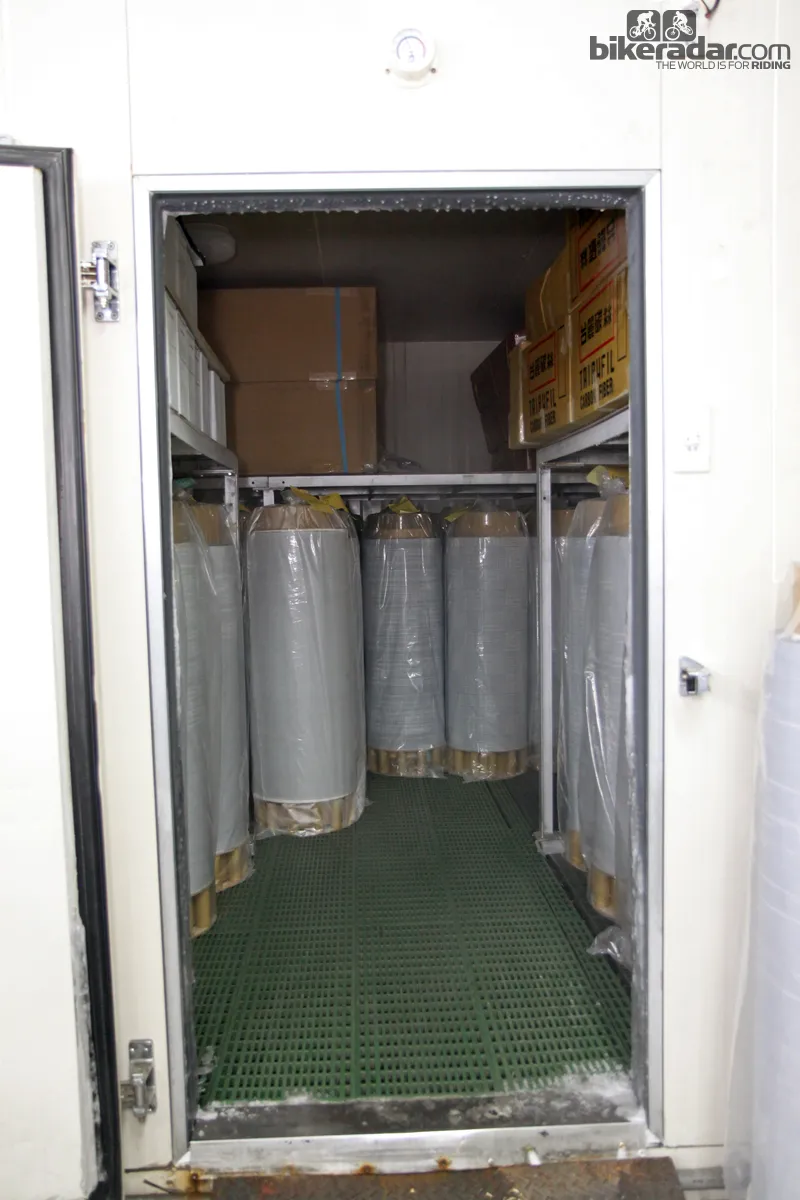
Freezer storage for the carbon fibre sheets
In part two of this exclusive series, we'll show you how this carbon fibre is transformed into complete frames. Trust us – you won't want to miss it.




